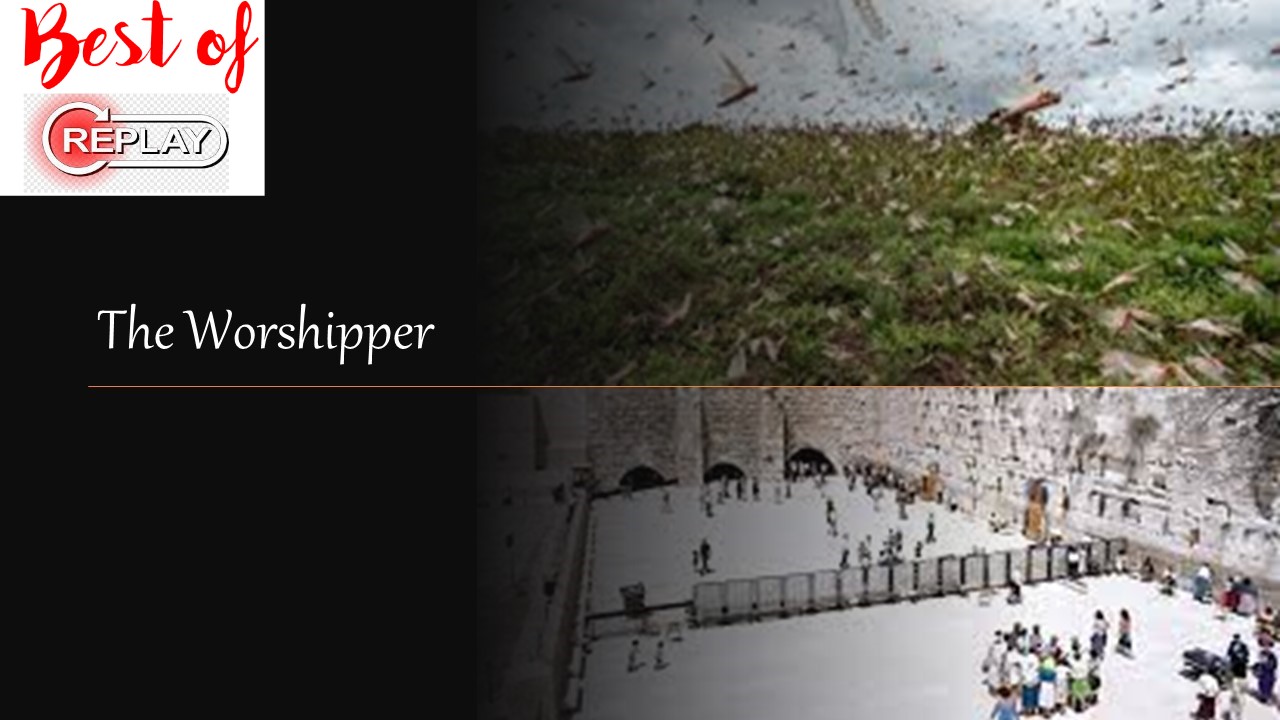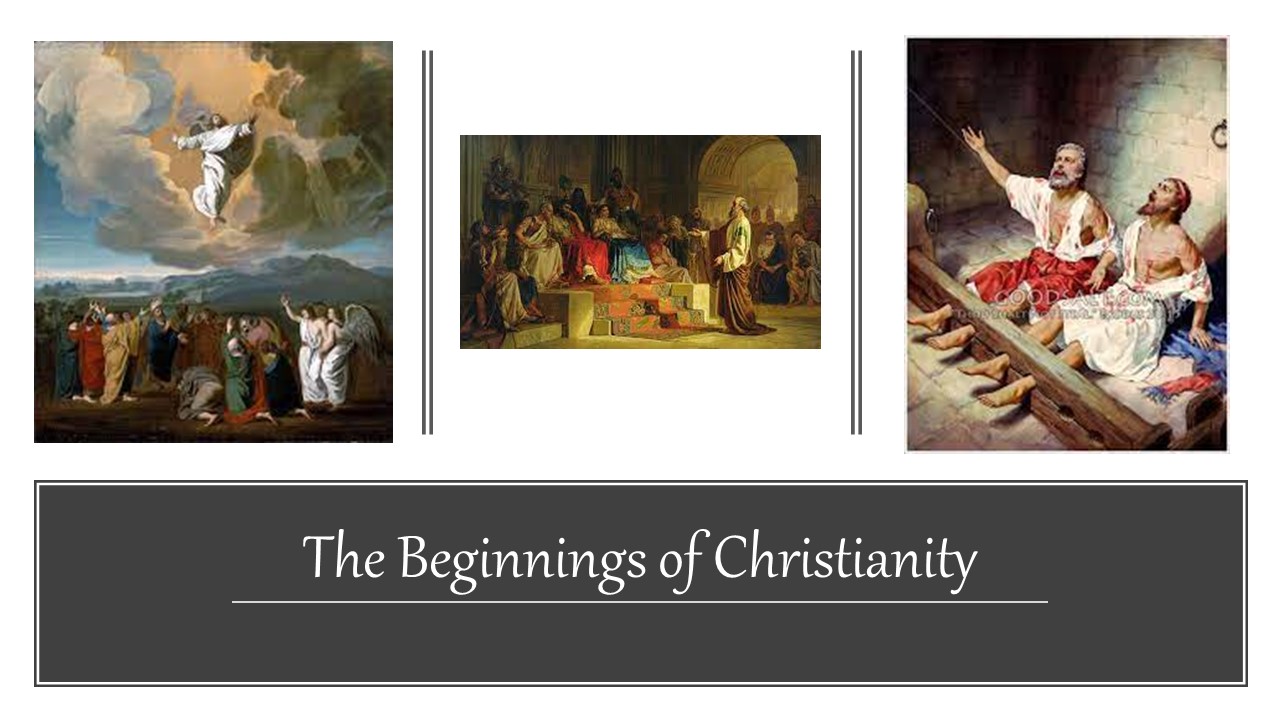As Paul, Silas, and Timothy approached Thessalonica, the city’s vibrant atmosphere contrasted sharply with the rugged Macedonian landscape they had just traversed. The city was a hub of commerce and culture, bustling with activity and diverse populations. Despite the lively surroundings, Paul sensed the challenges ahead, knowing that Thessalonica’s strategic importance also made it a place of potential resistance to the Gospel.
Upon arriving, Paul immediately focused on the synagogue, where he began preaching to the Jewish community. Over the course of three Sabbaths, Paul passionately presented the case for Jesus as the long-awaited Messiah, drawing on familiar scriptures to reveal how Christ fulfilled the prophecies. His message stirred the hearts of many, leading some to embrace the new faith. However, Paul’s teachings also sparked tension and opposition among others, who felt threatened by this radical new interpretation of their traditions.
As Paul’s message spread beyond the synagogue, the opposition grew more intense. A mob, incited by those resistant to his teachings, descended on Jason’s house, where Paul and his companions were staying. Realizing the danger, Paul, Silas, and Timothy fled the city under the cover of darkness, leaving behind a fledgling church that would have to stand firm in the face of persecution. Paul’s heart was heavy with concern for the new believers, but he trusted that God would protect and strengthen them as they continued the work he had begun.

In this episode, we explore the enduring connection between early Christian hymns and the sacrificial nature of Jesus, noting how the New Testament epistles...

Today, we replay Episode 191, from July 2021, “The Worshiper,” part of our series “50 Books in 50 Weeks.” Joel is the 2nd book...

We wrap up the book of Acts by exploring its purpose, key themes, and selected highlights. We share four interesting stories recorded in the...